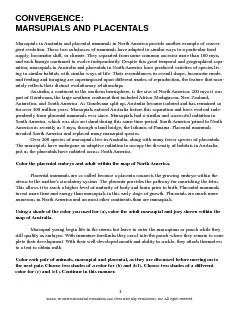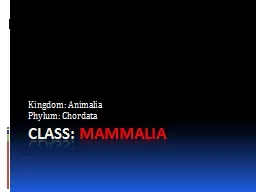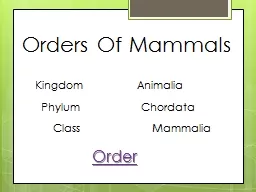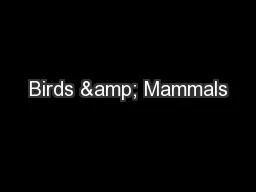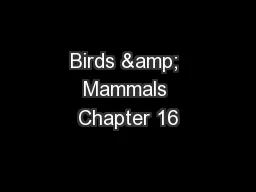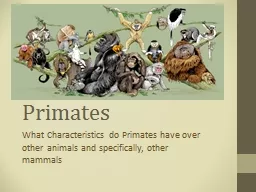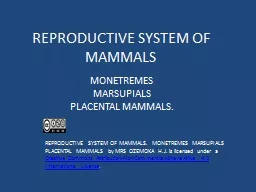PDF-MARSUPIALS AND PLACENTALSMarsupials in Australia and placental mammals
Author : mitsue-stanley | Published Date : 2015-08-31
Marsupial mice like placental mice in North America are small agile climbers inhabiting lowshrubs They live in dense ground cover and forage at night for small food
Presentation Embed Code
Download Presentation
Download Presentation The PPT/PDF document "MARSUPIALS AND PLACENTALSMarsupials in A..." is the property of its rightful owner. Permission is granted to download and print the materials on this website for personal, non-commercial use only, and to display it on your personal computer provided you do not modify the materials and that you retain all copyright notices contained in the materials. By downloading content from our website, you accept the terms of this agreement.
MARSUPIALS AND PLACENTALSMarsupials in Australia and placental mammals: Transcript
Download Rules Of Document
"MARSUPIALS AND PLACENTALSMarsupials in Australia and placental mammals"The content belongs to its owner. You may download and print it for personal use, without modification, and keep all copyright notices. By downloading, you agree to these terms.
Related Documents

